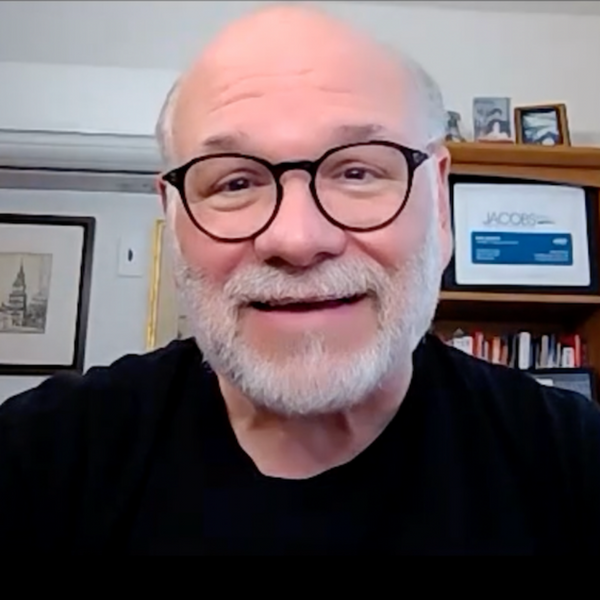3 Ways Executives Can Create and Retain Followers
By Ken Jacobs
November-December 2022
For the past few months, I’ve been speaking to PRSA and other organizations about how leaders can evolve their leadership styles so that their followers will follow them through any uncertainty. Why?
Because, starting with the declaration of a global COVID-19 pandemic in March 2020, leaders have been facing challenges like no other time in their careers.
In fact, with the suffering and grief of the pandemic, the summer of racial reckoning in 2020, the Russian invasion of Ukraine and global economic unrest, to name a few, it feels like we’re in the Era of Uncertainty. In fact, I think the only certainty today is more uncertainty.
On Jan. 18, I’ll be leading a PRSA webinar on this topic. Here’s a preview of three of the leadership actions that leaders can take to drive followership:
1. Dial up your emotional intelligence.
Emotional Intelligence (EI) is one of those phrases that is oft quoted but not necessarily understood. I like the definition of EI from the respected Gottman Institute: to accurately perceive your own and others’ emotions; to understand the signals that emotions send about relationships; and to manage your own and others’ emotions.
A study by the Harvard Business School says that EI accounts for nearly 90% of what sets high performers apart from their peers with similar technical skills and knowledge. A 90% response is too big to ignore.
Studies by Google, among others, back this up — so much so that if a leader were to ask me the most important thing they can do to encourage their teams to follow them through any uncertainty, then I’d tell them it’s to increase their EI.
2. Know that energy and mindset are reciprocal.
We all have different definitions of leadership. My favorite is using one’s leadership energy and influence to get the desired outcomes for one’s organization, one’s team members, one’s peers, one’s clients, one’s boss, one’s stakeholders and oneself.
Since our energy influences all these critical groups, we all have the potential to lead, regardless of our titles or place on the organizational chart. (And, of course, we all lead ourselves.)
So the good news — but perhaps a wrong word choice for these times — is that energy, mindset, positivity and optimism are contagious. (Conversely, so are things like negativity and pessimism.)
If the leader sees the ongoing environment as challenging, then you and your team will feel challenged. Rather than seeing that, what if you saw everything as “uncertain?”
Better yet, what if you see opportunity in everything? So will your teams. If your energy emits, “We’re all in this together, and together we’ll get through all of this,” then that will permeate your organization.
In sum, you get what you give when it comes to energy and mindset. So, give what you want!
3. Lead with courage.
It’s always taken courage to lead: to act on conviction, to pursue vision, and to lead followers through the ups and downs of business.
This has never been truer than during uncertain times.
As a leader, know that your teams are on high alert for fear, lack of confidence or uncertainty from you, but they’re desperately seeking your certainty and bravery. Followers are attracted to courageous leaders.
My “Courage Heroes” — who include the Rev. Martin Luther King, Jr., Nelson Mandela, Abraham Lincoln, Harriet Tubman, Gandhi and Malala — all must have experienced fear but walked through them and, in doing so, provided great courage to their followers.
So, think about your courage role models, and integrate the best of their leadership styles into your own. Doing so will encourage your teams to follow you through any uncertainty.



